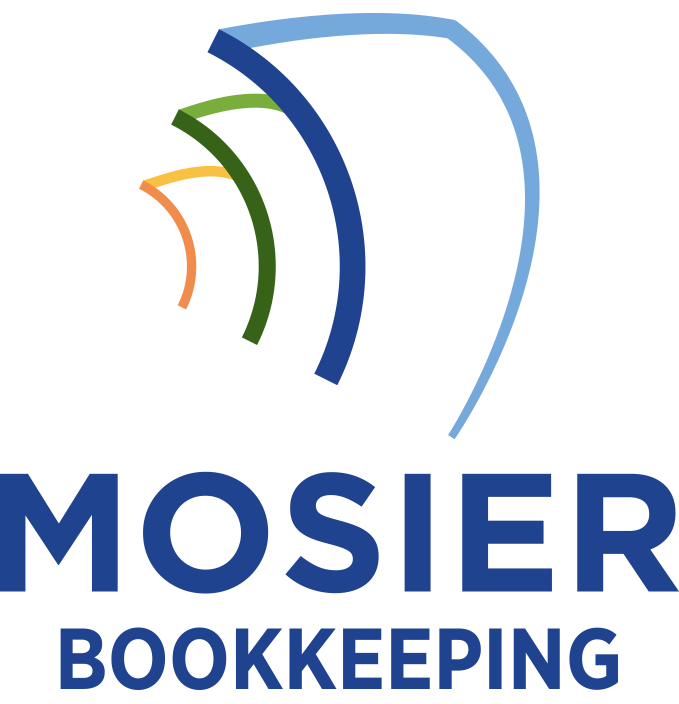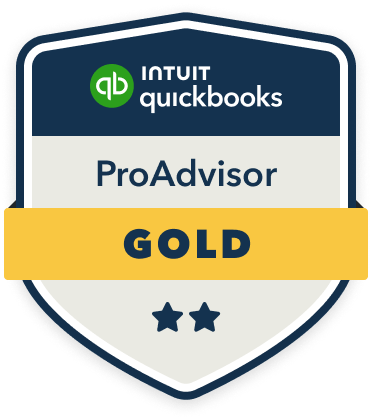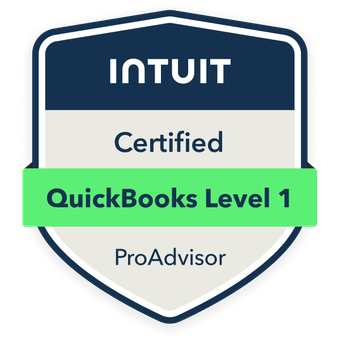Essential compliance reporting terms include 10-Q (quarterly filings), 10-K (annual reports), materiality thresholds, and audit trails. You’ll need to understand financial statements like balance sheets, income statements, and cash flow statements. I’d emphasize terms related to documentation requirements, including retention schedules, digital signatures, and standardized file formats. These fundamentals guarantee your bookkeeping meets regulatory standards and maintains transparency. The deeper you explore these concepts, the better equipped you’ll be for accurate financial reporting.
Basic Financial Statement Terms Every Business Must Know

Why do financial statements remain the cornerstone of business compliance reporting? I’ll tell you – they’re your essential tool for demonstrating transparency and accountability to stakeholders, regulators, and tax authorities.
Let me break down the vital terms you need to master: Balance Sheet reveals your assets, liabilities, and equity position. Income Statement tracks revenues and expenses to show profitability. Cash Flow Statement monitors your money movement. Statement of Changes in Equity documents ownership shifts and retained earnings.
I insist you understand these fundamentals, as they’ll empower you to maintain compliance and make strategic decisions with confidence.
Essential Account Classification and Ledger Terminology
Consistently organizing financial data requires mastering essential account classifications and ledger terminology. I’ll help you understand the core classifications: assets, liabilities, equity, revenue, and expenses. These form your chart of accounts and serve as the foundation for your general ledger.
Your general ledger acts as the master record, while subsidiary ledgers track specific account details. I recommend familiarizing yourself with terms like “trial balance,” which tests your debits and credits, and “posting,” which moves transactions from journals to ledgers. Mastering these terms will strengthen your control over financial reporting and compliance requirements.
Key Compliance Reporting Deadlines and Documentation Terms

Building on your understanding of account classifications, let’s focus on the specific deadlines and documentation terms that shape compliance reporting.
I’ll emphasize that quarterly filings (10-Q) are due within 40-45 days after quarter-end, while annual reports (10-K) must be submitted within 60-90 days after year-end. You’ll need to maintain audit trails, which document transaction histories, and retention schedules that specify how long you must keep records. Critical terms include materiality thresholds, which determine reporting requirements, and certification statements that validate your financial data’s accuracy. Securing your power to maintain regulatory compliance.
Understanding Tax-Related Bookkeeping Vocabulary
Understanding tax-related terminology is essential for accurate bookkeeping and IRS compliance. I’ll guide you through the pivotal tax vocabulary you need to master. Key terms include gross income (all revenue before deductions), adjusted gross income (AGI – income after specific adjustments), and taxable income (amount subject to taxation after all deductions). You’ll also need to know depreciation (systematic allocation of asset costs), amortization (spreading intangible asset costs), and tax basis (original investment amount). Understanding these terms empowers you to maintain precise records and navigate IRS requirements effectively.
Critical Audit Trail and Record-Keeping Definitions

I want to explore two essential aspects of maintaining compliant bookkeeping records: documentation storage and digital trail requirements. When it comes to documentation storage, I’ll show you how to implement secure filing systems that meet regulatory retention periods while ensuring quick document retrieval. I’ll then explain the specific digital audit trail requirements you need to follow, including transaction logging, change tracking, and electronic signature protocols that satisfy modern compliance standards.
Documentation Storage Best Practices
When establishing reliable documentation storage practices, proper organization and maintenance of audit trails become essential pillars for any business’s record-keeping system. I’ll guide you through implementing powerful storage protocols that guarantee your compliance records remain secure and accessible.
- Take control of your documentation’s future by implementing a cloud-based system that backs up automatically every 24 hours
- Dominate compliance audits by maintaining an iron-clad filing system with clear naming conventions
- Command respect from regulators by creating an organized hierarchy of folders that enables instant document retrieval
Your storage system must incorporate version control, restricted access protocols, and regular integrity checks to maintain your documentation’s authority.
Digital Trail Maintenance Requirements
Building upon proper storage practices, the digital maintenance of audit trails requires mastering specific terminology and record-keeping definitions.
I’ll help you understand how to maintain compliance through proper digital trails. You’ll need to track chronological sequences of system activities, user actions, and data modifications. Your digital trail must include transaction logs, system access records, and change history documentation.
I recommend implementing time-stamped audit logs, user authentication records, and sequential transaction numbering. You’ll want to establish clear chains of custody for all digital records, ensuring you can trace every modification back to its source. Master these elements to maintain ironclad compliance documentation.
Digital Bookkeeping and Reporting System Terms
I’ll guide you through today’s essential digital bookkeeping terminology, focusing on three key components of modern financial reporting. Cloud-based ledger systems have revolutionized how we maintain financial records, while digital receipt management streamlines documentation and improves accessibility. Electronic filing requirements now mandate specific formats and protocols that I’ll help you understand for maintaining compliance with regulatory standards.
Cloud-Based Ledger Systems
Cloud-based ledger systems represent a transformative shift in modern bookkeeping practices. I’ve witnessed how these powerful platforms revolutionize financial record-keeping through real-time access and automated workflows. You’ll gain unprecedented control over your compliance reporting with seamless data integration.
Key advantages that’ll position you ahead of competitors:
- Instant access to financial data from anywhere, giving you complete oversight of your operations
- Military-grade encryption protecting your sensitive information
- Automatic audit trails documenting every transaction, ensuring you’re always audit-ready
I recommend leveraging these systems to strengthen your compliance position and maintain financial dominance in your industry.
Digital Receipt Management
Modern businesses depend on robust digital receipt management to streamline their financial documentation processes. I’ll help you understand how these systems capture, store, and organize transaction records for audit-ready compliance. Digital receipt platforms leverage OCR technology to extract key data points, automatically categorizing expenses and revenue items.
When you implement digital receipt systems, you’ll gain real-time expense tracking, automated data entry, and secure cloud storage. I recommend integrating these tools with your accounting software for seamless reconciliation. You’ll also benefit from advanced search capabilities and customizable tagging systems that make retrieval during audits effortless.
Electronic Filing Requirements
Businesses must navigate an increasingly complex landscape of electronic filing requirements as tax authorities and regulatory bodies move to digital submission platforms. I’ll help you understand the critical compliance obligations you need to master.
Your electronic filing requirements typically include:
- Real-time transaction reporting capabilities that give you control over your financial data streams
- Digital signature protocols that authenticate your authority and safeguard your submissions
- Standardized file formats (XML, XBRL) that guarantee your reports meet strict governmental specifications
You’ll need to maintain compatible software systems and establish robust internal controls to meet these mandated electronic submission standards while maintaining data security and integrity.
